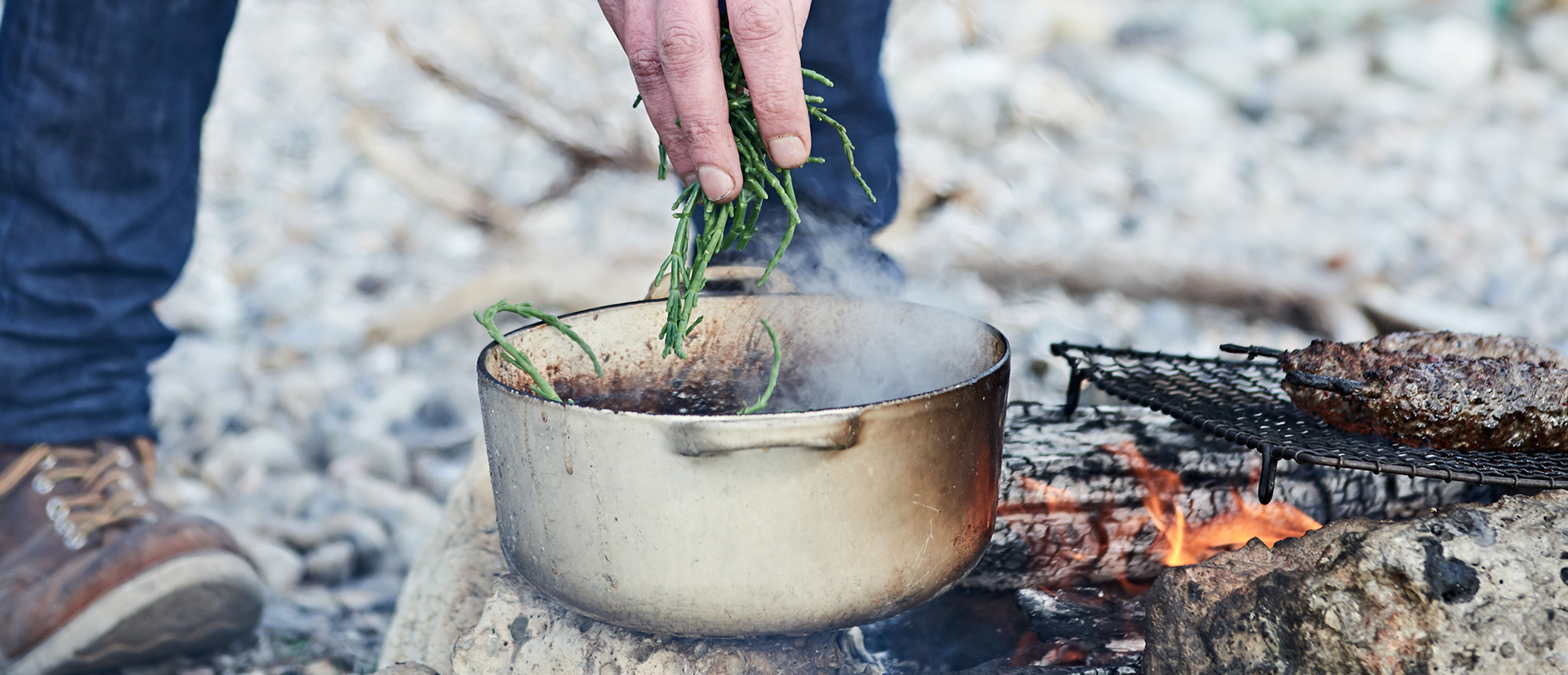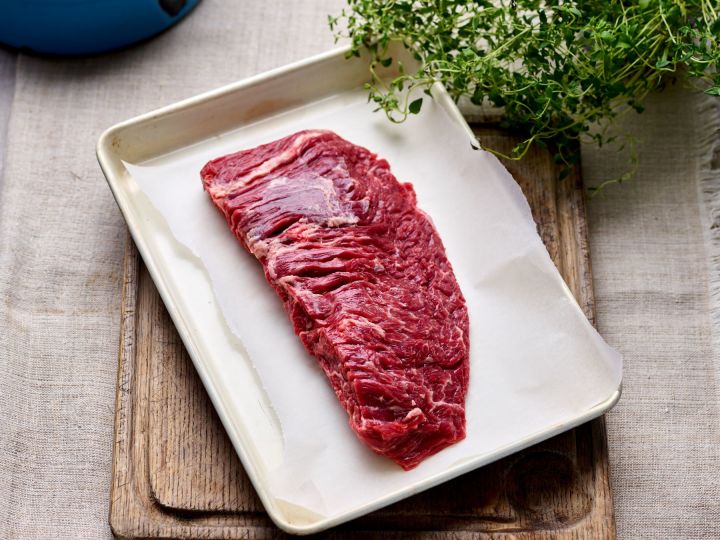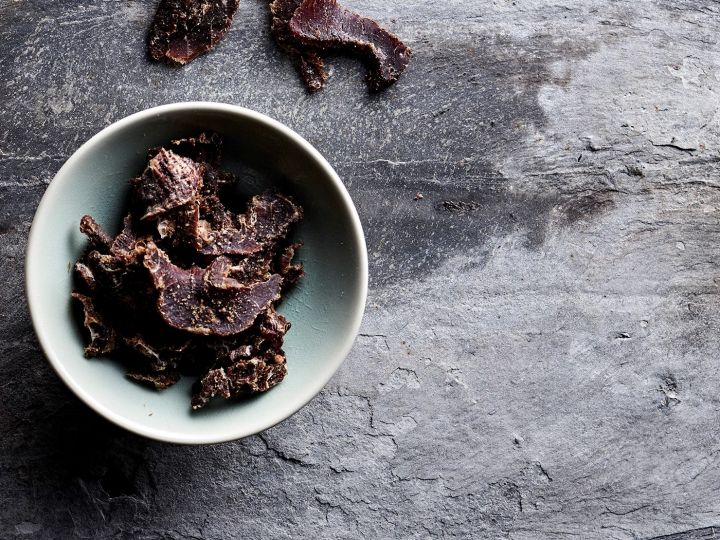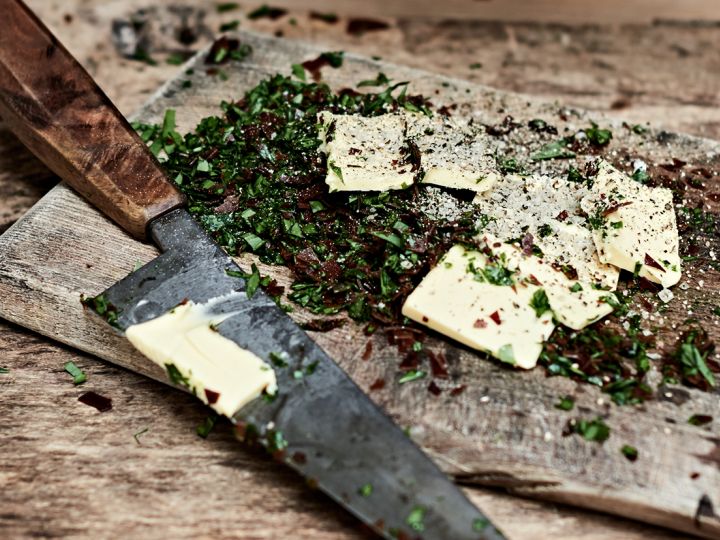Seasoning without salt? Surely a contradiction in terms, you might think. But actually, there are some interesting ingredients and handy tricks you can use when cooking that help keep the use of salt on the down-low. Which is no bad thing.
We use salt in cooking for a couple of main reasons. As it’s an essential nutrient, our bodies need it to function, which is why we have a taste for it. Unfortunately, as we’re so used to consuming high levels of salt, we’ve started craving it even when we don’t actually need it. Adding salt also serves to improve the flavour and texture of food. And it can preserve the natural colour of some ingredients on cooking, too.
So firstly let’s look at the big benefit: flavour. Salt not only adds a ‘salty’ flavour profile but it can also balance the sweetness and bitterness of food. In small amounts, salt will intensify sweetness. A good example is salted caramel; the salt elevates the intensity of the sweetness by adding contrast. Salt also balances out intensely bitter notes in some ingredients. Adding a pinch of salt while stir-frying broccoli, for example, makes it more palatable. And salted olives have more rounded flavour.
It’s a little-known fact that salt plays a substantial role in enhancing the texture of food. It has a profound effect on the gelatinization of proteins, which is a fundamental consideration when making meat products like sausages, burgers, meatballs and ham. Salt helps the meat retain moisture, so less saturated fat is needed to ensure succulence. This creates a much ‘cleaner’ product and less fatty mouth feel. When a steak is salted at just the right moment, it encourages liquid held in the cells of the muscle to be released, resulting in juicier and more flavourful meat.
The various actions associated with salt come about because if its sodium content. So to mimic the effects of salt we just need to replace it with another high-sodium ingredient.
- Some cheeses are great sources of sodium. Adding Parmesan to a dish is a brilliant salt replacement – just a few shavings on top of a bowl of pasta will do the trick. Blue cheese is also high in sodium; it’s one of the reasons broccoli and blue cheese soup is so well balanced, with the cheese counteracting the bitterness of the broccoli.
- Samphire has a real taste of the seaside and it can be diced and added to all sorts of dishes to add a salty tang. Its makeup is roughly 35-40% sodium, around the same as conventional table salt.
- Pickles and ferments such as gherkins, pickled cucumbers, sauerkraut, kimchi and preserved lemons can be high in sodium. They’re easy to incorporate into recipes and are credited with being great for gut health, too.
- Yeasted foods often have a naturally salty-sour flavour. Using sourdough bread, for example, is a great addition to a cooked breakfast if you’re trying to avoid salted butter or salty sauces like ketchup.
Salt can be a bit of a crutch used to make dishes seem tastier. But when you want to cut down on sodium or avoid it altogether, there are other shortcuts to enhancing flavour.
- Add a squeeze of lemon to add oomph and intensity.
- Cook with fresh herbs to balance bitterness and sweetness while packing a real punch of flavour.
- Use alcohol to concentrate the natural flavours of a dish. Red or white wines are brilliant catalysts for intensifying flavours, as is sherry.
- The acidity of vinegar can draw out innate saltiness in food. Vinegars work well as dressings for salad, in marinades, drizzled into stews or splashed over vegetables before they’re roasted. Balsamic vinegar adds richness and depth that replaces the need for salt.
- Anchovies packed in oil can be chopped and added to stews or spread over roasting joints. They’ll melt away on cooking and give the meat a beautifully balanced seasoning, without the need for extra salt and without adding an especially fishy flavour.
How To Make A Meat Seasoning
If you ever scan a foodie mag or watch a cookery programme, you’ll read or hear mention of seasoning. It’s a term used to describe the use of ingredients that enhance the flavour and texture of food. That can be herbs and spices rubbed into meat to tenderise it, or salt added to boiling water to flavour pasta as it cooks. A lot of the character in many dishes comes from adding the right seasoning at the right time.
Read More.png)





